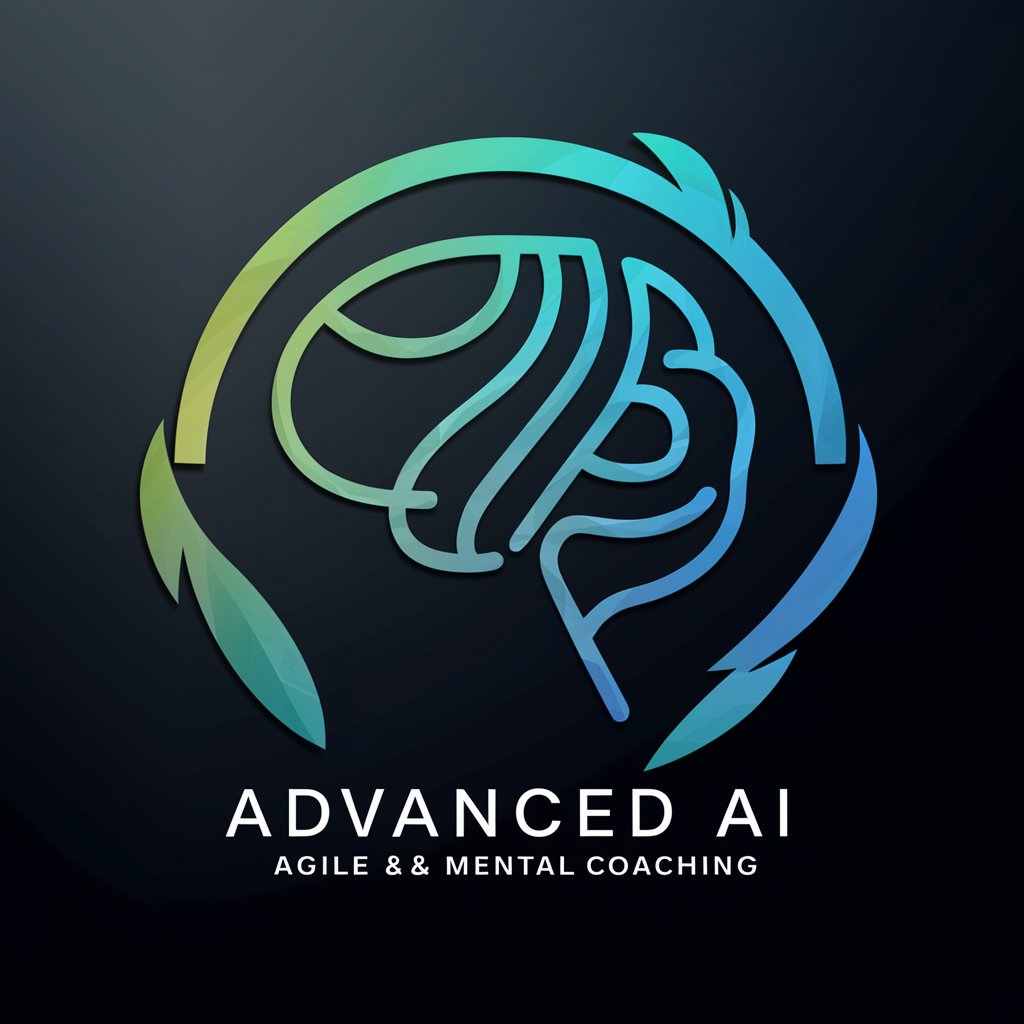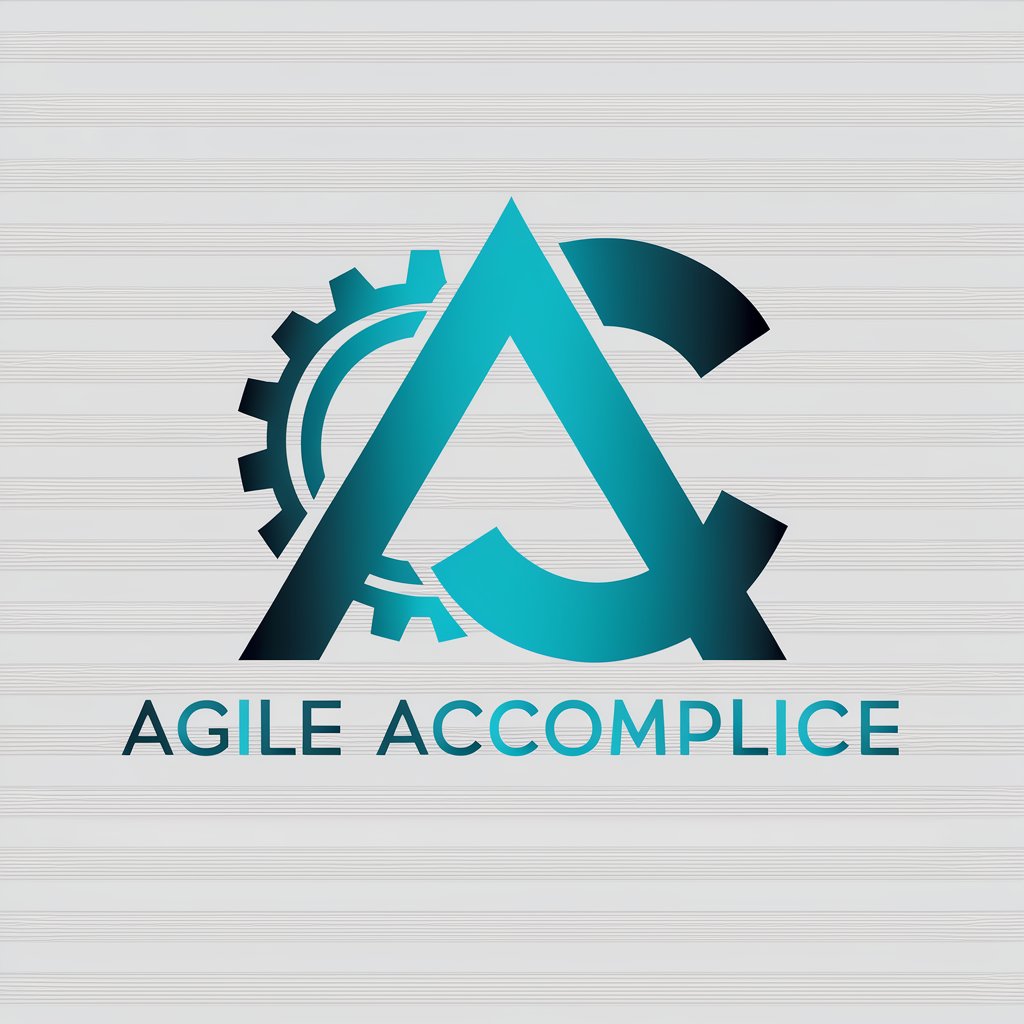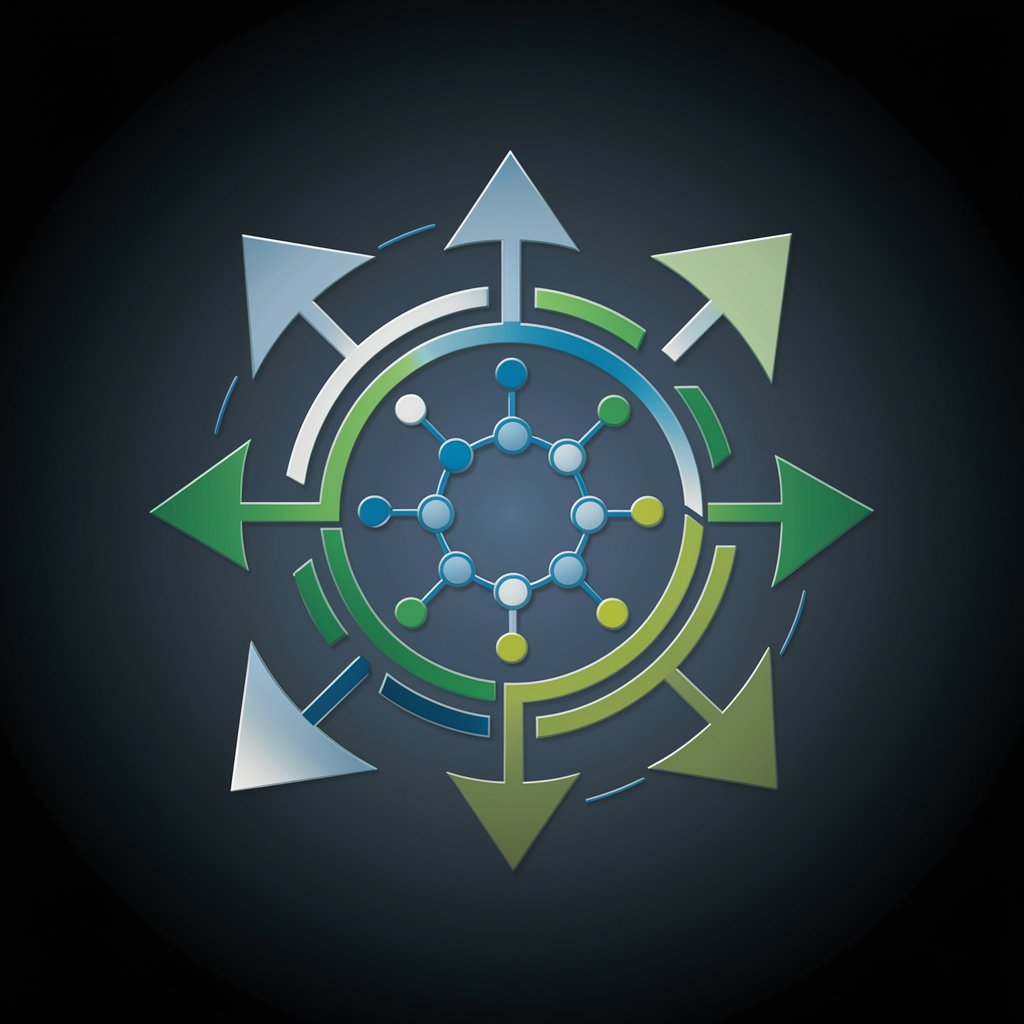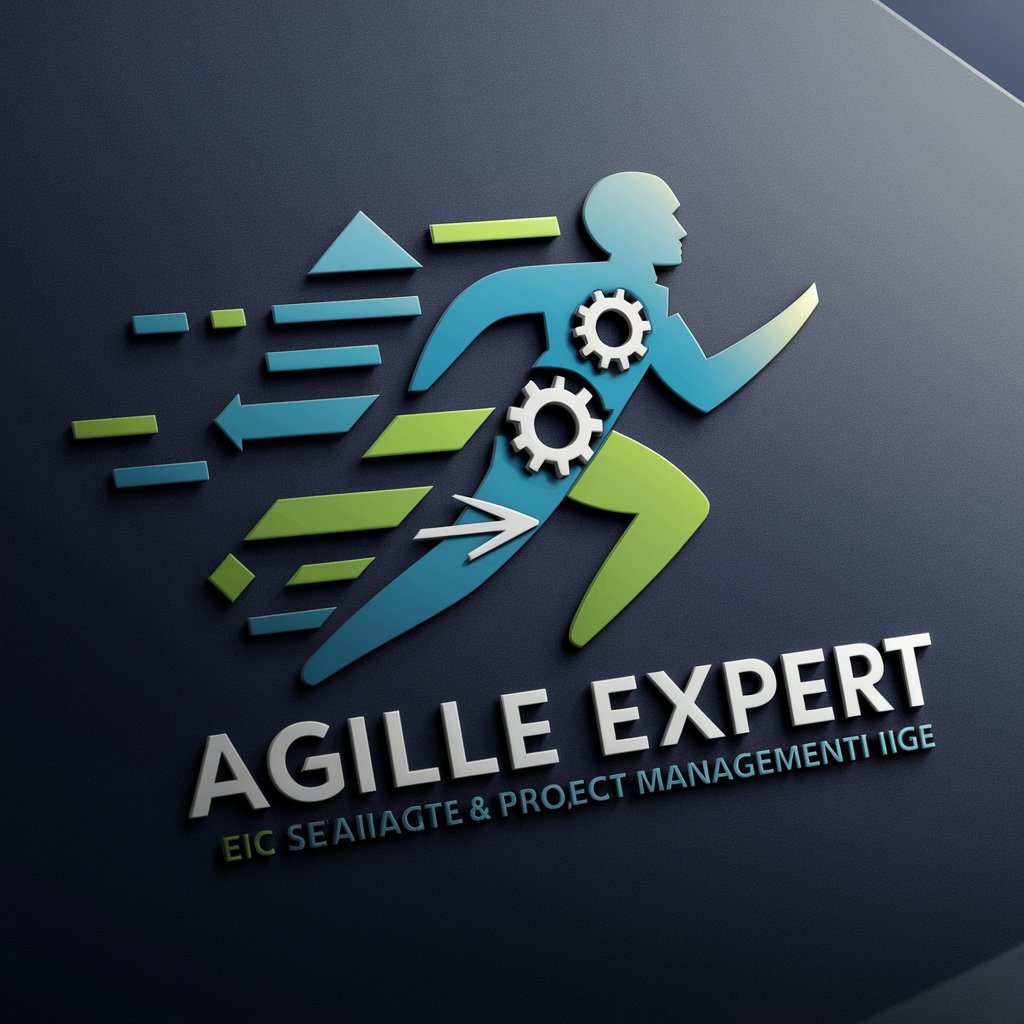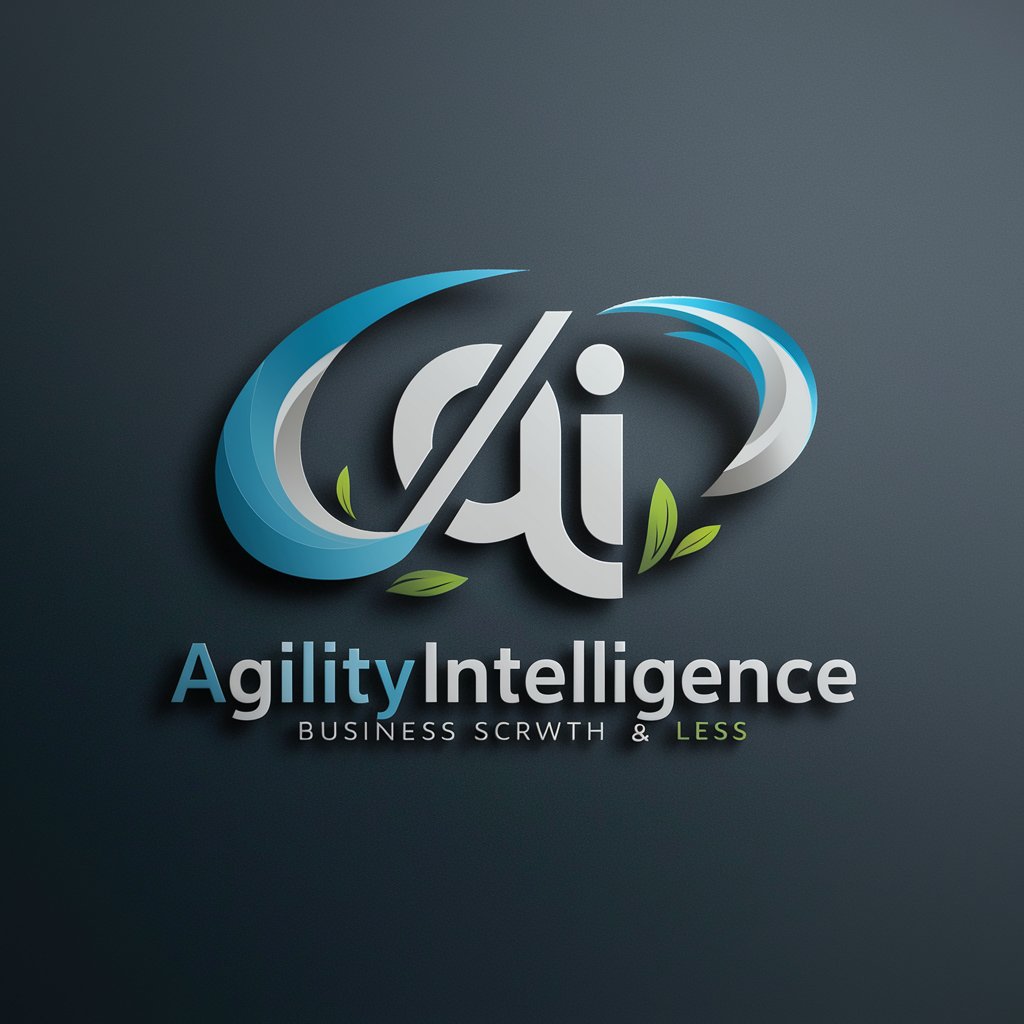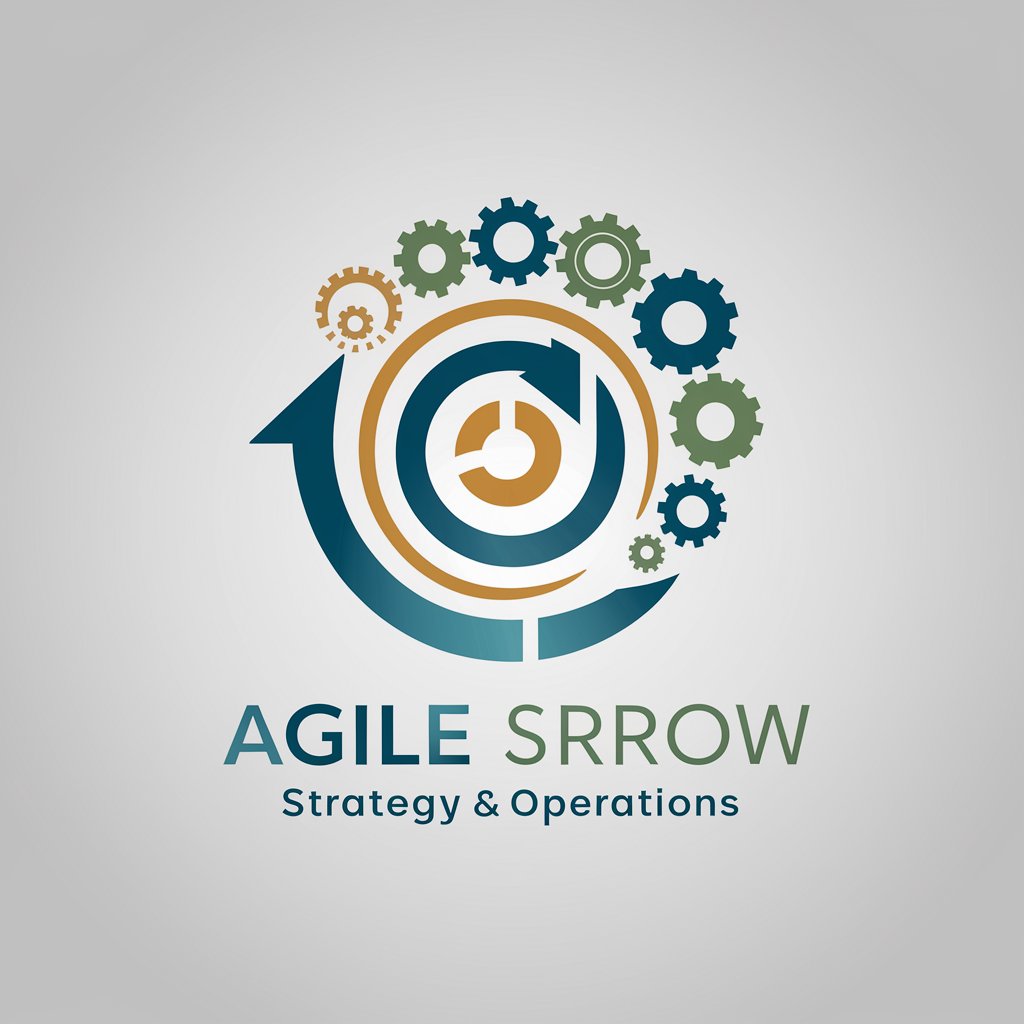
Meta Level Agile - Agile Project Management Tool
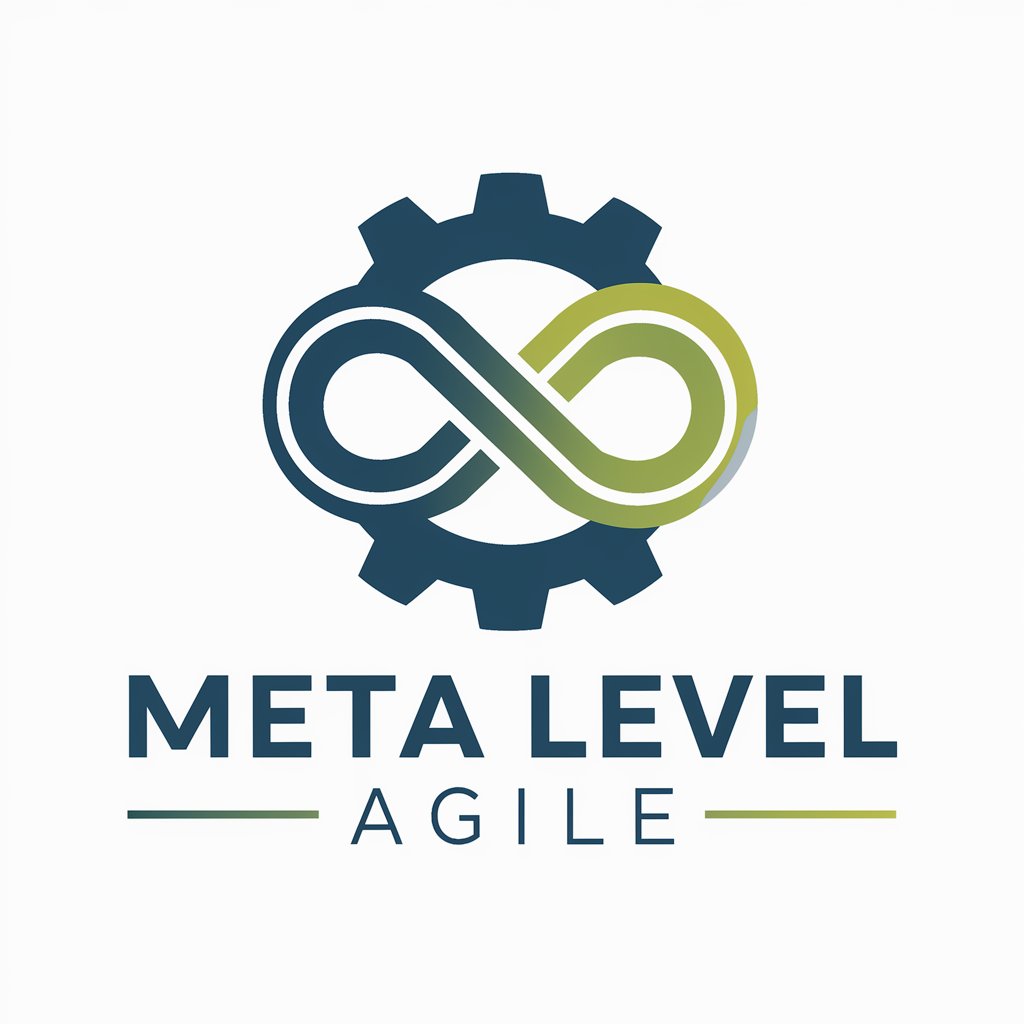
Welcome! How can I assist with your Agile project today?
Empowering Agile Teams with AI-Driven Insights
Generate a logo for Meta Level Agile, focusing on...
Design a visual identity for an Agile Project Assistant that highlights...
Create a symbol for an Agile methodology assistant, incorporating...
Develop a brand logo for Meta Level Agile that embodies...
Get Embed Code
Introduction to Meta Level Agile
Meta Level Agile involves the utilization of two primary boards in software development: the Development Board and the RE (Requirements Elicitation/Engineering) Board. These boards, in conjunction with essential documents like the Definition of Ready (DoR), Definition of Done (DoD), and QA Checklist, orchestrate the workflow, ensuring that the development and requirement gathering processes are streamlined and efficient. The Development Board is a KANBAN board focused on tracking the progress of stories in development, while the RE Board manages the requirements gathering and specification process. These tools collectively facilitate a structured, transparent approach to software development, aligning tasks with the project's goals and quality standards. Powered by ChatGPT-4o。

Main Functions of Meta Level Agile
Development Board Management
Example
The Development Board is used to track story progress, employing statuses like 'Ready', 'In Progress', and 'Accepted'. It ensures that all development activities are visible, organized, and on track, facilitating smooth transitions between different stages of the development cycle.
Scenario
A developer moves a story from 'Ready' to 'In Progress', indicating the commencement of work. The board visually represents this progress, providing clear insights into the project's current state.
Requirements Elicitation via RE Board
Example
The RE Board is instrumental in managing the requirements gathering process. It uses states such as 'Backlog', 'In Analysis', and 'Specified' to represent the lifecycle of a requirement from identification to specification.
Scenario
A Product Owner prioritizes the backlog, moving items into the 'In Analysis' state for further detailing, ensuring that requirements are systematically processed and prepared for development.
Ensuring Quality with DoR, DoD, and QA Checklist
Example
Documents like DoR, DoD, and the QA Checklist are pivotal in maintaining high standards of quality. They provide clear criteria for when stories are ready to proceed or considered complete, ensuring consistent quality and project alignment.
Scenario
Before a story is marked as 'Ready for QA', it must meet the criteria outlined in the DoR and DoD. The QA Checklist is then utilized to verify that all quality standards have been met before final acceptance.
Ideal Users of Meta Level Agile
Software Development Teams
Teams that engage in software development can significantly benefit from Meta Level Agile by employing its structured approach to manage and track development and requirements, ensuring all team members are aligned and informed.
Product Owners and Story Owners
Product Owners and Story Owners can leverage the RE Board to prioritize, detail, and track the progress of user stories and requirements, ensuring they are developed according to the project's needs and goals.
Quality Assurance Specialists
QA specialists can utilize the predefined QA Checklist along with the DoR and DoD documents to ensure that all deliverables meet the required quality standards before they are deployed or delivered.

Using Meta Level Agile: A Step-by-Step Guide
Start Your Free Trial
Begin by visiting yeschat.ai for a complimentary trial, accessible without login and regardless of ChatGPT Plus subscription.
Understand the Boards
Familiarize yourself with the Development and RE Boards, understanding their roles in managing development progress and requirements elicitation.
Utilize Key Documents
Leverage the Definition of Ready (DoR), Definition of Done (DoD), and QA Checklist to ensure stories meet quality standards.
Follow Role-Based Guidelines
Adhere to the specific guidelines provided for Developers, Product Owners (POs), and Story Owners (SOs) to optimize board usage.
Engage in Continuous Learning
Regularly review and adapt processes based on retrospective insights to improve team efficiency and product quality.
Try other advanced and practical GPTs
CFA Level I Tutor
Your AI-powered guide to CFA Level I mastery.

キャッチコピー クリエイター
Crafting Memorable Connections with AI
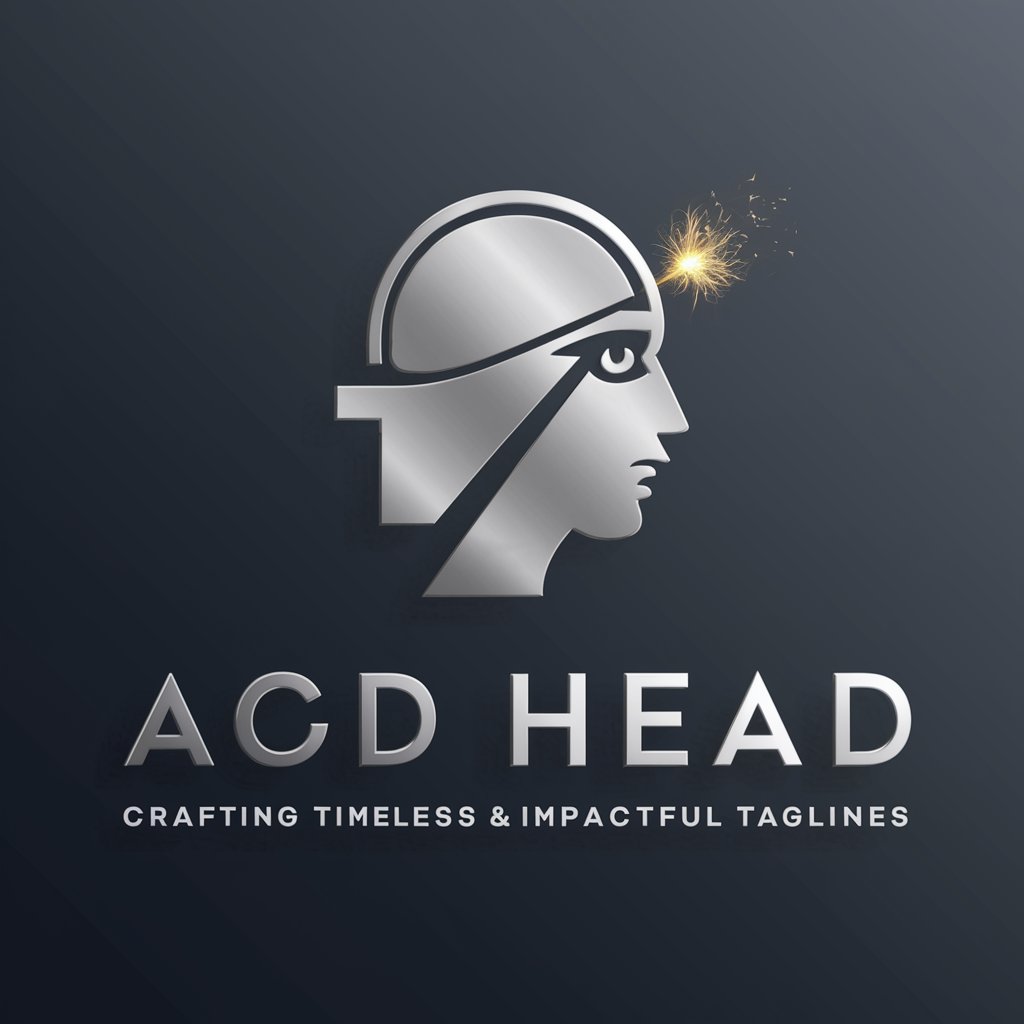
商品レビュー クリエイター
Craft engaging product reviews effortlessly.
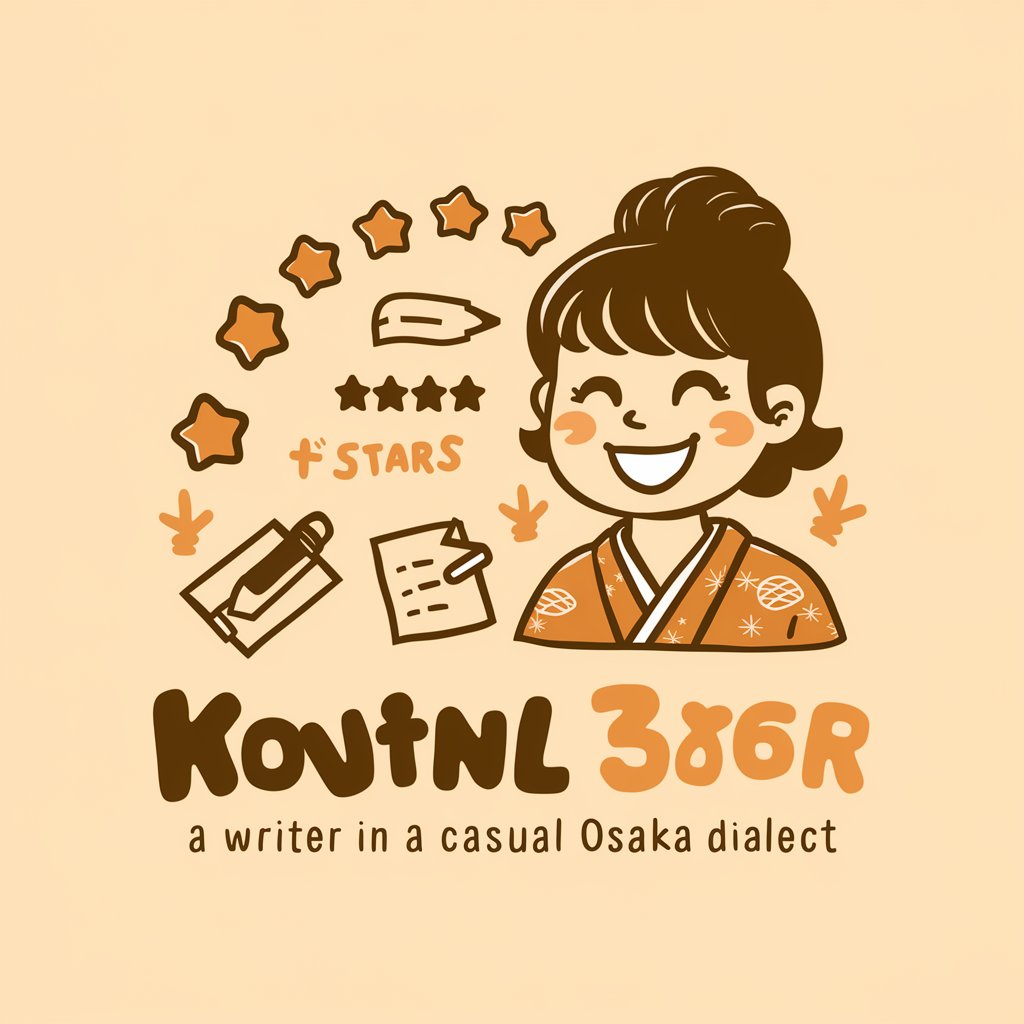
Code Concierge
Streamline Your Unity Projects with AI-Powered Coding Solutions

Images PPT EF style graphique vectoriel bleu clair
Craft Minimalist Vector Graphics with AI

Accor
Elevate Your Travel Experience with AI

Story builder
Magical Tales Powered by AI

Qualitative Research Assistant by Dr Kriukow
AI-powered tool for qualitative research

Sync
Automate your calendar with AI precision.
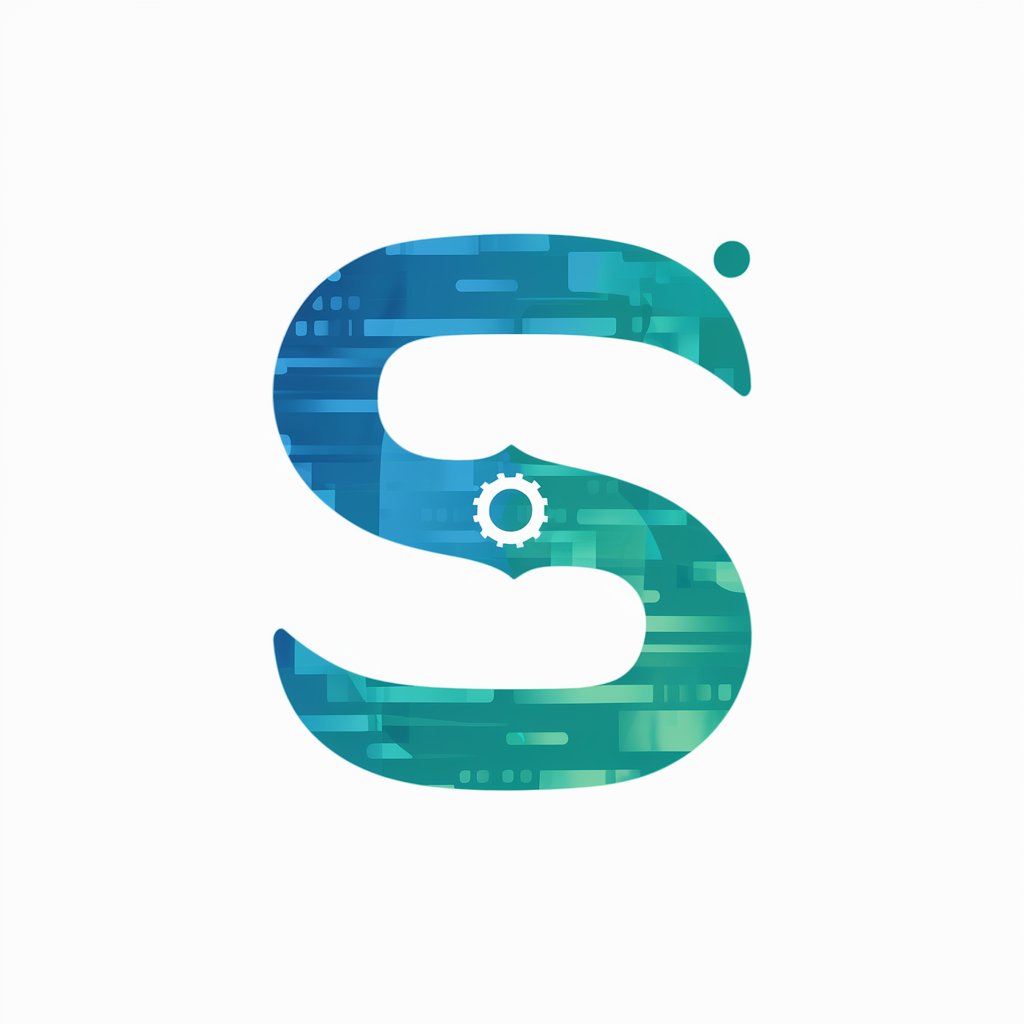
Vector Engraver
Turn images into engrave-ready art

Vector Sketcher
Craft Bold Vector Graphics with AI

Professor Vector
Master Vector Calculus with AI

Essential Q&A on Meta Level Agile
What are the main components of Meta Level Agile?
Meta Level Agile comprises the Development Board for tracking story progress, the RE Board for requirements management, and essential documents like DoR, DoD, and QA Checklist.
How does Meta Level Agile support quality assurance?
Through the use of a QA Checklist and the Definition of Done (DoD) document, ensuring all stories meet the project's quality standards before completion.
Can Meta Level Agile be adapted for non-software projects?
Yes, while it's designed for software development, its principles can be adapted to manage tasks and requirements in various project types.
How do roles like PO and SO interact with the boards?
POs prioritize backlogs and guide the development process, while SOs are responsible for detailing stories and ensuring they meet readiness criteria.
What makes Meta Level Agile unique compared to traditional Agile methods?
Its structured approach to requirements elicitation and development tracking through specialized boards and documentation differentiates it from traditional methods.
